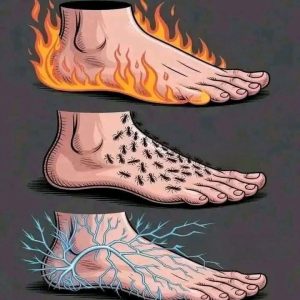
Static electricity happens when two objects with different electrical charges come into contact.
If someone carries an excess of electrons and touches another person or object that’s neutral or oppositely charged, the electrons quickly move to restore balance. This rapid exchange of energy produces the tiny spark or quick shock we feel.
What Influences Its Intensity
The strength of static electricity depends on several factors. According to Spain’s National Institute for Occupational Safety and Health, certain conditions make it easier for our bodies to store electric charge. One major factor is movement—friction from clothing rubbing against the skin or shoes brushing the floor increases the buildup of static energy.
Our physical characteristics also play a part. For example, sweating can change how effectively the body retains or releases electric charge. The materials we come into contact with are another key factor—plastics, metals, and synthetic fabrics hold electricity more easily than natural materials.

Environmental Conditions Matter
The surrounding environment greatly affects static buildup. In areas with low humidity, like dry climates or heated indoor spaces, static electricity tends to accumulate more strongly. Meanwhile, in humid places, it fades away much faster. Even the type of floor can make a difference—carpets and rugs promote charge buildup, whereas smooth surfaces help disperse it.
Is It Dangerous?
For most people, these minor shocks are harmless and vanish instantly. They don’t pose any health risks. Still, experts advise that individuals with pacemakers or other implanted medical devices be cautious, as even a small discharge could interfere with their operation.
Practical Uses of Static Electricity
Despite being an everyday nuisance, static electricity also has useful applications in technology and science. The same principle that creates a spark between people is used in the textile industry to help fibers bond and in laser printers to transfer ink onto paper.

A Natural Everyday Phenomenon
In essence, that tiny electric jolt between people or objects isn’t mysterious or dangerous—it’s a natural balancing act of electrons. The environment, the materials we wear, and even our physical traits influence how strong the shock feels.
So, the next time you feel that spark when you shake someone’s hand or touch metal, remember: it’s simply physics in action. A small, harmless reminder of how electricity quietly shapes the simplest moments of our daily lives.




